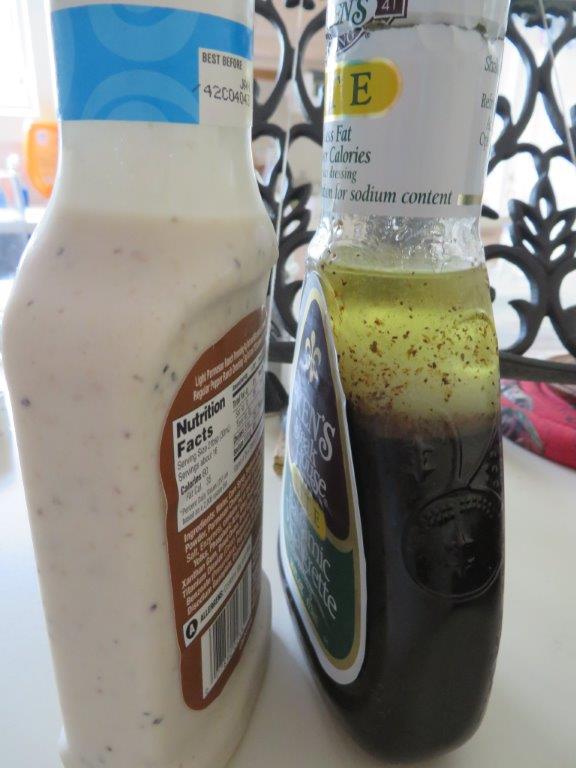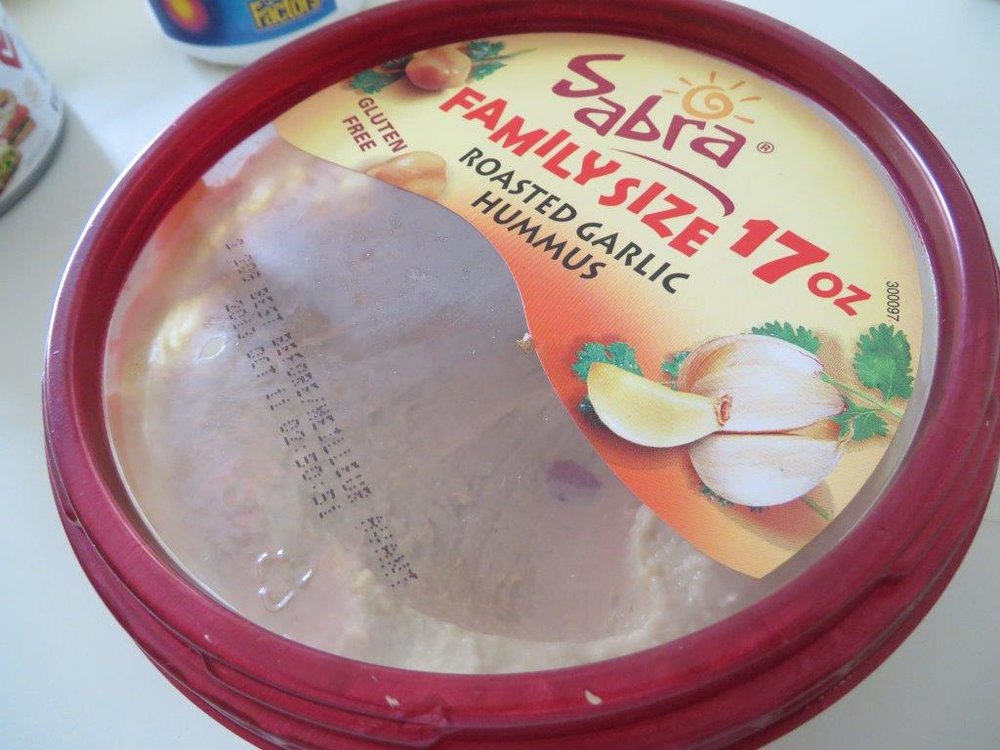High Nutritional Value Salad Dressings
/ One of the challenges of a weight loss strategy that includes a low calorie/high nutrition component is salad dressing. The commercial salad dressings tend to have relatively little nutritional value for the amount of calories they add to the salad. I’ve discovered two alternatives that are so good I’ll probably stop buying commercial salad dressings and look for more alternatives that are similar to the two I am enjoying now. Here are the two:
One of the challenges of a weight loss strategy that includes a low calorie/high nutrition component is salad dressing. The commercial salad dressings tend to have relatively little nutritional value for the amount of calories they add to the salad. I’ve discovered two alternatives that are so good I’ll probably stop buying commercial salad dressings and look for more alternatives that are similar to the two I am enjoying now. Here are the two:
Hummus. I bought a tub of commercially prepared roasted garlic hummus and tried it first as a dip for veggies. Then I used it to make egg salad (very simple…just combined eggs, celery and the seasoned hummus - no other seasoning required). Now I’ve started using a heaping tablespoon into just about any salad in lieu of dressing.
Guacamole. You can make your own or look for Wholly Guacamole in your grocery store. They make ‘mini’ packages that are a perfect size to use for a salad.
What other alternatives am I going to check out? The only requirements are that it 1) stick to the salad ingredients and 2) add a good flavor. Here is my ‘things to try’ list:
- Tahini or peanut butter mixed with salsa and extra basil and/or orange zest
- Chia seeds and salsa
- Tahini or peanut butter pureed with some orange sections, fresh mint, orange zest
- Differently seasoned hummus (commercially prepared)
- Homemade hummus with seasonings different that available in the commercially prepared
As you can tell - I am not a fan of vinegar…or I would certainly be including it in some of the items on my list!
Any other ideas?



























